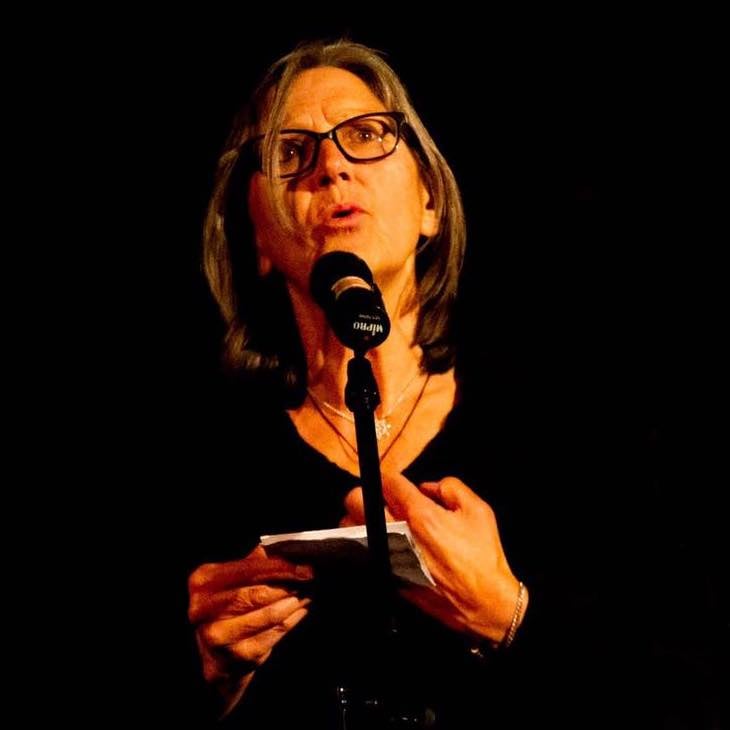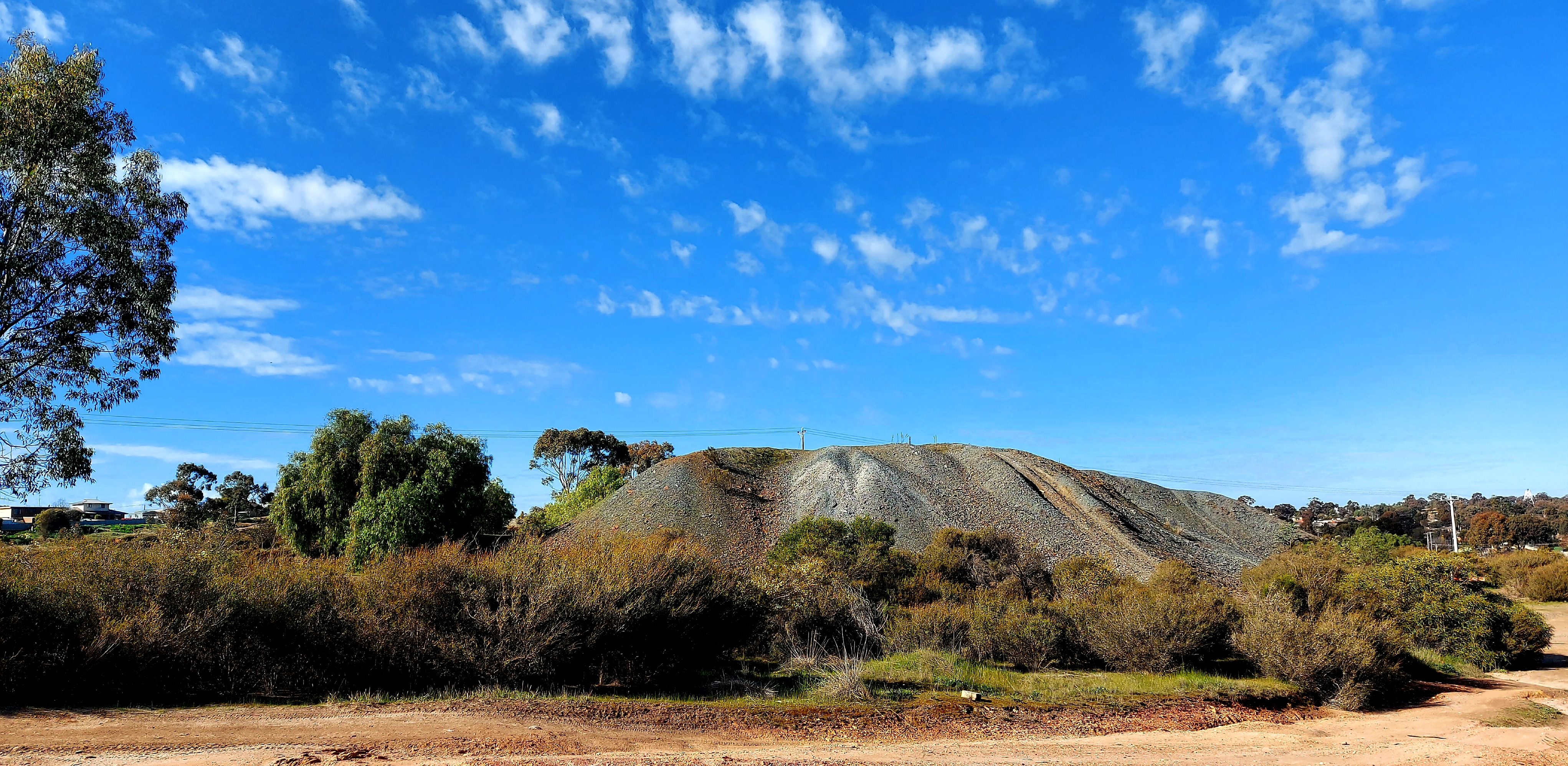Photo: Gordon Plant (Unsplash)
Iso Drift Health and Wellbeing
Iso Drift

Photographer: Brendan Bonsack
by Christine Burrows
This story is part of our My Corona series: personal stories about the pandemic, life in isolation and Victorians’ hopes and fears for the future. ![]()

Winter solstice, June. Numbers are rising. From 19 new cases in Melbourne to 75 a week later. “We still have a state of emergency,” the Health Minister says.
You wouldn’t think so in Bendigo. Especially amongst the blokes: the bloke next door; the four blokes who installed my heater; the bloke at the plant nursery; the huddle of council blokes at the park having smoko.
“G’day”, “Beautiful day”, “Monster frost,” I offer, hauling my little black dog away.
I moved here 18 months ago for affordable housing. Didn’t know a soul. Fresh air. Big sky.
It’s been lonely. COVID-19 makes it lonelier.
When coronavirus became a thing, I hunted down facts, wary of complex rabbit holes of fake news, fake truth, and political spin. Already mired in chronic despair, I wryly imagined it might solve my existential quandary. “Come get me, Corona.”
Four years earlier an organ transplant saved my life. For the first two years, my gratitude and optimism were irrepressible. Gradually, debilitating complications, medication side-effects and the increasing isolation eroded my hope of regaining a useful, meaningful life. I’m alone. Perpetually exhausted. Often physically and cognitively overwhelmed by the simplest task. My mental health mimics my body’s tug-of-war with itself and the traumas that brand it.
January was bad. The country was on fire. I turned 60. A couple of texts; two bunches of delivered flowers wilting in scalding heat.
Depression had me in its claws and jaws. I bunkered down inside myself, avoiding communication; except with my son.
Mid-January I took my last train trip into Melbourne to see him. He grounds me. Lunch in Flinders Lane. Crowded. Noisy. Couldn’t hear. Couldn’t talk. Couldn’t think. Felt confused. An exhibition at the National Gallery of Victoria. Sensory overwhelm. Distress. I fought vertigo and a tight band of abdominal pain, determined to enjoy this time together. Couldn’t cope. Asleep on the train. Barely left bed for three days. But I felt happy.
Late February, my next/last trip to Melbourne, ahead of the 25th hospital procedure in four years to replace stents in my bile duct.
Another cherished meal and movie with my son for his birthday. As he entered his fifth and final year at uni he was contending with the sudden campus shut-down, poor online learning platform and inaccessibility of lecturers and key resources. His casual hospitality work and an internship vanished.
COVID-19 had landed. Xenophobes blamed Asian people for the virus. We were the only customers at the normally bustling Chinese restaurant; our small expression of support.
“I’m fine,” my son reassured me.
March. Shut-downs and restrictions hit people hard. Phone calls and messages ramped up. “Just calling to see how you are”. “Haven’t been in touch for a while. How’s life in Bendigo?” “Been thinking about you lately…”
Anxiety, clear and crisp. “Welcome to MY world!” I half-joked.
Iso, social distancing, hand hygiene, loss of income, loss of career, loss of freedom – all these things had been my world for five years. It was validating that others now experiencing them were struggling after only a few weeks. Perversely, it normalised my alienation and grief. Reduced the shame I felt for being an invalid.
Iso, social distancing, hand hygiene, loss of income, loss of career, loss of freedom – all these things had been my world for five years.
I listened to distant friends and family. A small thing I could offer. Empathy. The stent change hadn’t given me the anticipated energy uplift. I felt less sick, but still fatigued, in pain and fog-brained. Talking exhausted me, but was all I had to give. Routine blood tests showed anaemia. An iron infusion was organised. It would revive me!
Autumn. The COVID-19 ‘crisis’ dominated conversations, news and social media. ‘Unprecedented’ entered common vocabulary, as did Epidemiologist and ‘pivot’. Doomsday preppers and panicked ‘everyday Australians’ lost their minds. The ‘toilet paper war of 2020’ spawned hilarious memes, but signified something darker. I often suffer prolonged diarrhoea related to medication or bile duct blockage so I too value a secure toilet paper supply. I was awkwardly over-supplied from a pre-Christmas Who Gives a Crap delivery! I wanted to give it to someone in need. Distressing footage of frail people getting pushed aside in supermarkets by frantic stockpilers, trollies spilling over with toilet paper and pasta, horrified me. As did busloads of grocery tourists clearing supermarket shelves in regional towns. Meanwhile my 97-year-old father in New Zealand had another ‘cardiac event’. I didn’t expect to see him again.
With snake season over, I started walking my dog in the bush around old mining mullock heaps nearby. Strange solace. No people. My dog ran, bounced and swam off-leash. I ambled, ruminated and took photos of eucalyptus flowers. There I disconnected from the troubled, bizarre world, free of its pain and madness, though not free from my own. The frosts started early.
 As an old mining city, the countryside around Bendigo has many mullock heaps.
As an old mining city, the countryside around Bendigo has many mullock heaps.
Sometimes I’m glad I’m alone, taking whatever time I need to do my small tasks without pretending bravery or the competence I’ve lost. Glad to have simple needs, despite complex medical issues. Glad of my toilet paper, sufficient pantry staples and veggies growing in my garden. Habits acquired to meet basic needs when I’m too unwell to leave the house. Telehealth is great. It saves four to six hours of stressful travelling to/from specialist appointments. The $750 stimulus bought me a web-cam, a thick jumper, face masks, books, puzzles and a room heater.
Being immune-suppressed, most in-person interactions feel unsafe. People seem too close.
Except for my son. I want him closer. I worry for him. His carefully planned future disintegrated, blinked out like a mirage, just as it came within reach. Poised on his heel to pivot, he applies for every grad opportunity he can find. Generational disenfranchisement and exclusion of young people from decision-making concern him. I’m a disability pensioner; there’s no wealth-buffer nor family or community networks to give him a break.
“I’m fine,” he still reassures me.
I unreasonably expect myself to cope alone with way fewer coping resources than the younger, healthy, professional, socially-engaged, creative superwoman I used to be.
Pain is my normal. I notice its absence more than its presence. It sucks away optimism and resilience. Leaves a salty crust of cynicism and despair.
As COVID case numbers rise in Melbourne, whispers of a second wave are gov-splained as ‘expected’.
“We’re all in this together” goes the spin. But we’re not. Differential disadvantage means low-income people suffer more, for longer. Many won’t find a road back.
Winter solstice. The longest night. The wheel ever turning. With iron infusing my blood, I feel alive. It won’t last. I write this while I can, as I drift further away.
Am I you? We? Us? Them/they? Dynamic, creative, compassionate, brave? Or sleepless and afraid? We’ve got this! Have we?
I’ll stay in iso. Me and my little black dog.![]()
Christine Burrows, originally from New Zealand (Aotearoa), lives in Bendigo on Dja Dja Wurrung country with her dog. She worked in population and community health before her own health collapsed. Also a poet, Christine’s work explores trauma, grief, dislocation, social justice and queer experience. She has been published in many anthologies and literary journals/mags and performs regularly.